Phytoremediation as an Ecological Way of Repair Polluted Soil
Hello Steemians!
Probably you are already heard about different methods for soil decontamination. Do you know for existence of natural method for soil and water decontamination? I present you a phytoremediation.
Phytoremediation is a set of different methods for removing pollution from contaminated water, soil and air by plants.
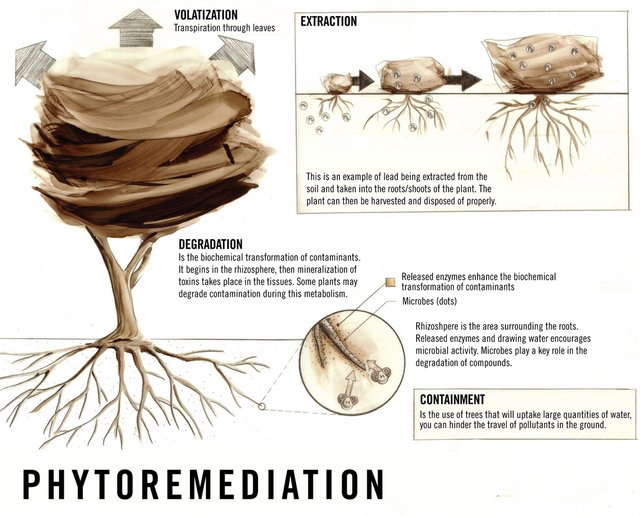
Photo: Google Free Images
Some plants are capable to accumulate large amount of pollutants from soil and water without any symptoms of toxicity. Every plant from this group is suitable for solving a specific type of pollution. For example, species of the genus Trifolium, Medicago sativa and Melilotus officinalis in combination with some type of grasses (genus Lolium and Festuca) can be used for removing pollutants from oil industry.
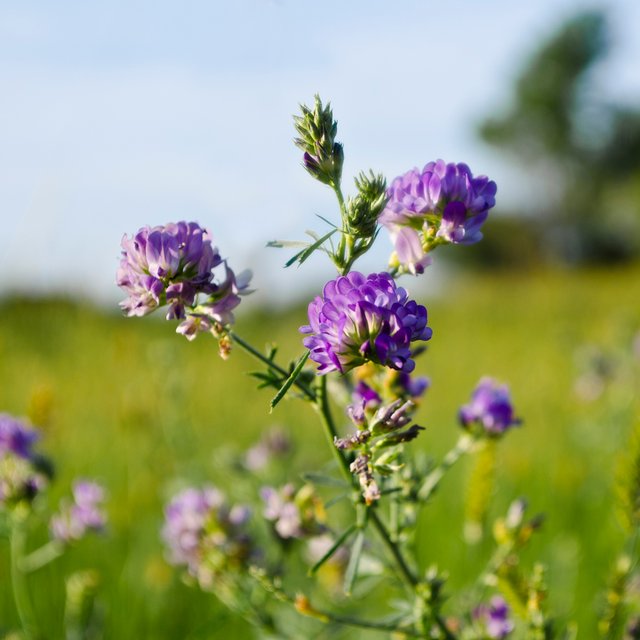
Medicago sativa
Photo: Google Free Images
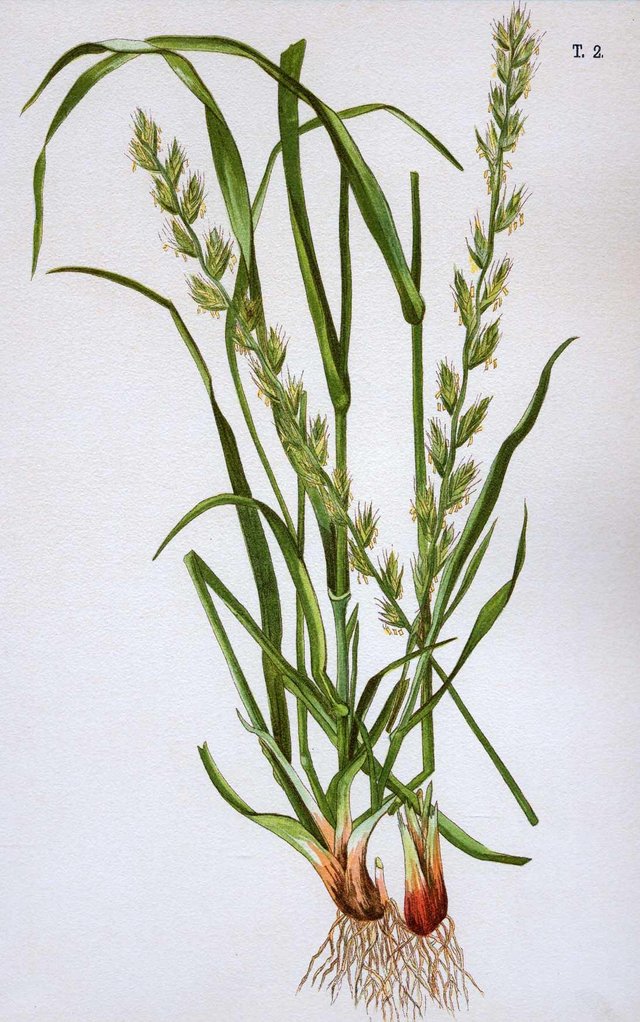
Lolium perene
Photo: Google Free Images
Phytoremediation has four different techniques for using plans in remediation and every technique has their own mechanism. These techniques are:
- Phytoextraction is technique of phytoremediation in which plants with large biomass accumulate pollutions from soil and water in their overground mass. After removing biomass, we remove also a part of pollution which was accumulated by the plant. Grasses and legumes are one of the best choice because we mowing them several time a year. Legumes also have ability to fixing nitrogen, which is the most important element for obtaining biomass.
- Phytostabilization present using plant to reduce bioavailability of pollutants in the environment. This technique only stabilized polluted soil. Phytostabilization focuses mainly on sequestering pollutants in soil near the roots but not in plant tissues.
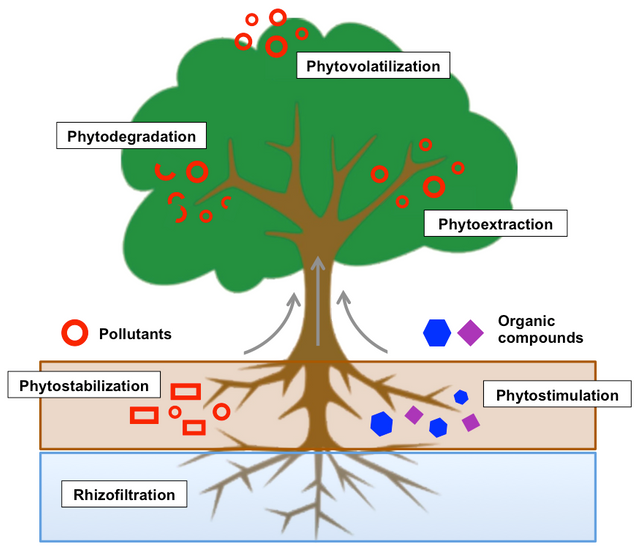
Photo: Google Free Images
- Rhizofiltration is third technique of phytoremediation that using plant root in process of adsorption and absorption pollutions from surface water and groundwater. Plant accumulates the pollutants in or on root. When the accumulation limit is reached, then we remove plant with pollution. We can safely dry and burn these plants and if it is about pollution from heavy metal, extraction from the ash some heavy metal can be used again.
- Phytovolatilization presents release evaporable metals through the leaves of plant. Previously, plant extracting metals from the soil and these plants is not had to be removed.
In addition to these methods, some authors suggest other techniques like phytotransformation (degradation of pollutants in plant) and phytostimulation (faster degradation of pollutant in soil by microorganisms under the effects of rhizosphere). These techniques will lead to removing of pollution from land or its conversion into nontoxic forms they are no longer danger to the environment.
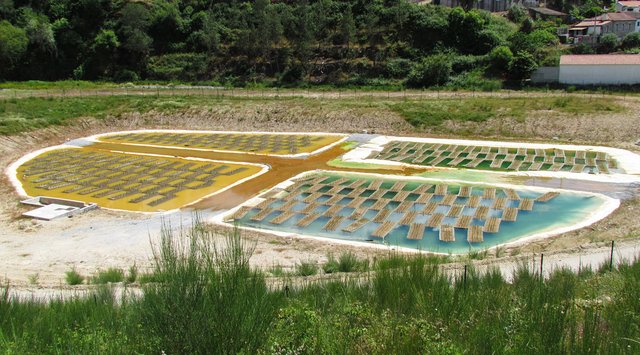
Phytoremediation at Cunha Baixa mine, Viseu, Portugal
Photo: Google Free Images
Phytoremediation methods can be used for large areas of lower to average contaminated soil.
Phytoremediation is a more profitable and safe substitutions for conventional methods. But for further development these methods must be commercialized, and research must go in direction of combination scientific fact and knowledge and practical use.
So, we can conclude: it's natural, it's cheaper, so why we don't use everything that nature can give to us?
Think about that.
All of you at #teamserbia are doing some great work!
Thanks a lot! :)
You received a 10.0% upvote since you are not yet a member of geopolis and wrote in the category of "geopolis".
To read more about us and what we do, click here.
https://steemit.com/geopolis/@geopolis/geopolis-the-community-for-global-sciences-update-4
Thanks for comment :) How can I be a member of Geopolis?
You can read all about it in the link ;)
Thanks :)